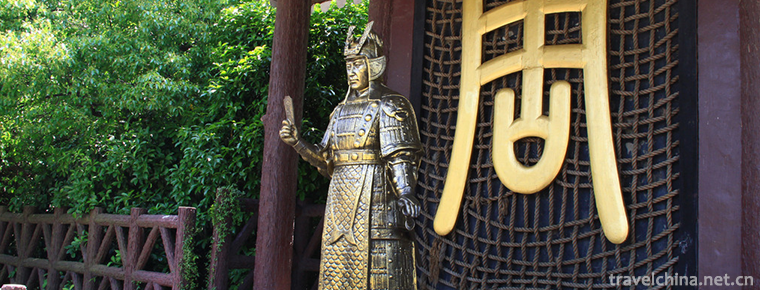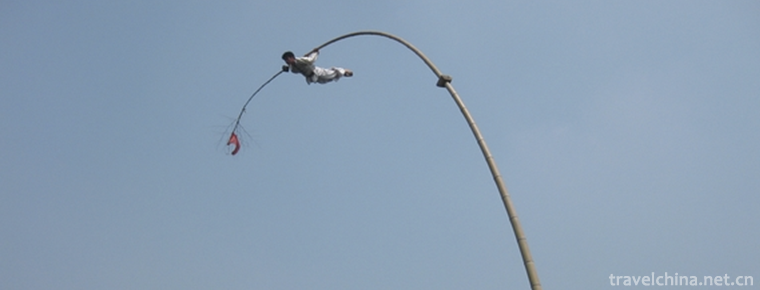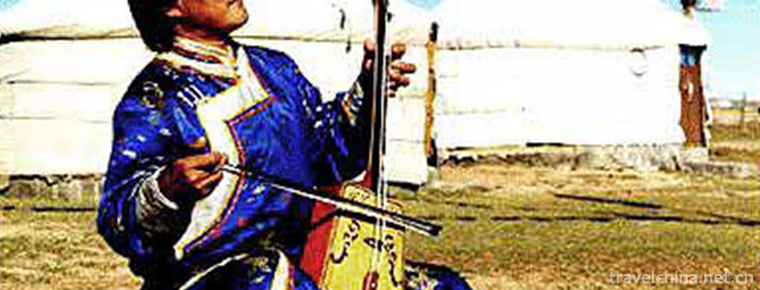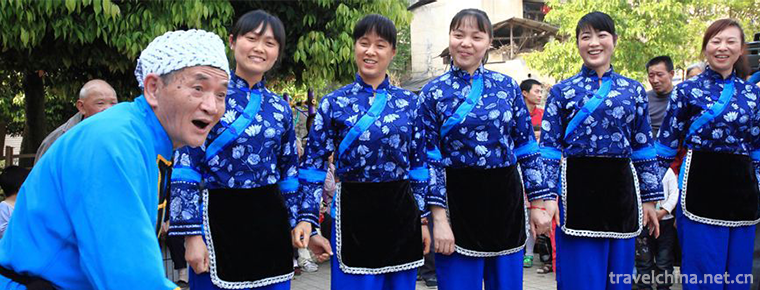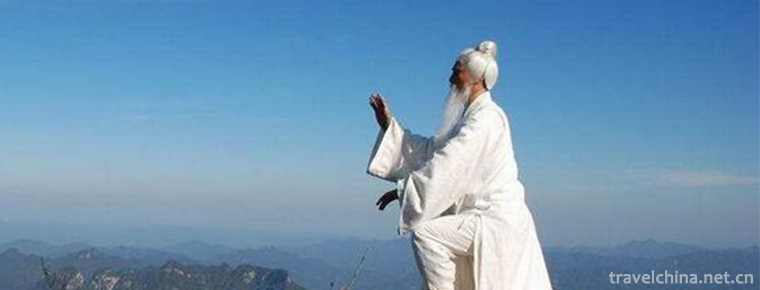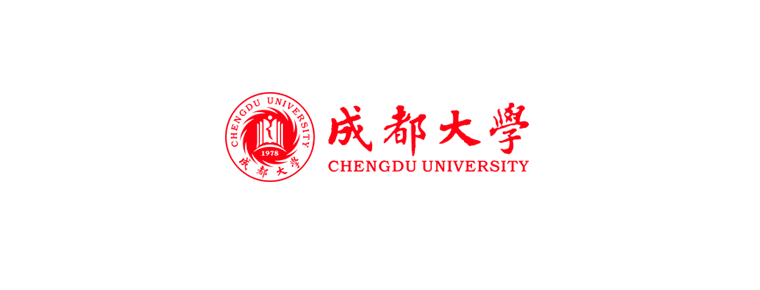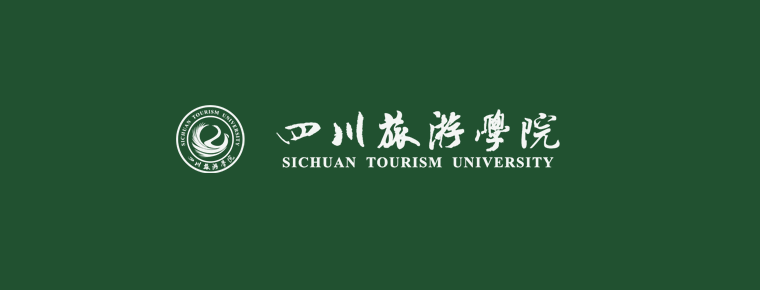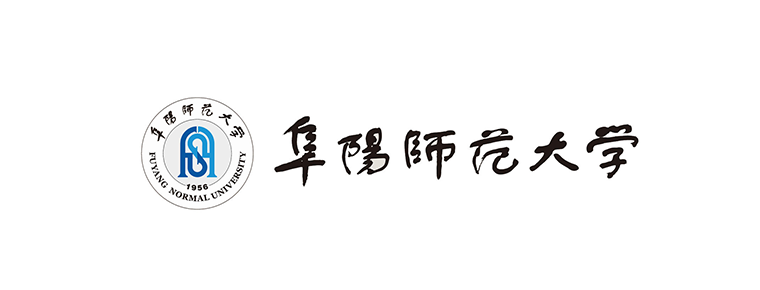Wang Wu Mountain Scenic Spot
Wang Wu Mountain Scenic Spot
Wangwushan Scenic Area is a national AAAA-level scenic area with a total area of 265 square kilometers. Wang Wu Mountain is centered on the Temple of Heaven, the main peak, where a hill protrudes, surrounded by peaks, and Qiufu is surrounded by humble hills.
Located in Jiyuan City in Northwest Henan Province, Wangwushan Scenic Spot is one of the nine famous ancient mountains in China. It is also the top ten cave heavens of Taoism and the holy place of Quanzhen sect, the mainstream Taoism, with Taihang in the east, Zhongtiao in the west, Taiyue in the north and Yellow River in the south.
brief introduction
The Wangwu Mountain Scenic Area is one of the nine famous ancient mountains in China. It is also the first of the ten cave heavens of Taoism. It is also the hometown of Yu Gong. The story of Yu Gong digging mountains is well known for the record of "Liezi" and Mao Zedong's quotation in "Yu Gong Moving Mountains".
According to the earliest geographic record of China, Yugong, the artistic conception of "all the princes face up to heaven" is also called "the house of the king with its mountain shape". Tiantan Mountain, the main peak, is traditionally the sacrificial place of Xuanyuan Huangdi, the ancestor of the Chinese nation. For centuries, it has been regarded as a sacred place where the descendants of the Yellow Emperor ruled the world. This is where the fable "Yu Gong Shi Shan", which is well-known both at home and abroad, happens.
Wangwu Mountain is a Taoist holy place characterized by Taoist culture. Taoism is a religion born and bred in China. It is based on the thought of Huangdi and Laozi School and has strong characteristics of Han nationality thought and belief. Wonderland is where the gods live. The beautiful Wangwu Mountain has naturally become an ideal place for Taoists to collect medicines and refine alchemy and cultivate their morality in order to achieve immortality.
Sima Chengzhen, a famous highway in Tang Dynasty, in his book The Book of Heavenly Palace and Earth Mansion of the Shangqing Dynasty, made the world famous mountains ten cave heavens, thirty-six small cave heavens and seventy-two blessed places. Among them, Wangwu Mountain was listed as "the first cave heaven under the heaven" and "the heavens with little emptiness and emptiness", which established the purpose status of the world.
The prosperity of Wangwushan is closely related to the development of Taoism. Legend has it that after Emperor Xuanyuan reigned under the rule of the world, on August 15, the Queen Mother of the West met again in Tiantan Mountains to seek the way to become immortals, and built an appeal court here to visit the immortals of the four seas. Every year on August 15, all the good men and gods gathered in Wangwu Mountain. Lao Tzu Li Er, known as the ancestor of Taoism, also went to Mount Wangwu to practice. There are still "Lao Tzu Tanchi" relics on the top of Mount Tiantan. Famous figures in early Taoism, such as the fairy Prince Jin, the Qingxu real man Wang Bao, the famous Fang Shi Yu Ji, the wife of Nanyue Wei Huacun, and the Taoist theorist Ge Hong, all practiced Taoism in Wangwushan. After the Sui and Tang Dynasties, especially in the Li and Tang Dynasties, Lao Tzu was respected as the ancestor, Taoism as the national religion, and Taoism was ordered to be built everywhere, which laid the foundation for the development of Taoism. Sun Simiao, a doctor known as the "King of Medicine" in China, was one of the famous Taoists in the Tang Dynasty. In his later years, he settled down in Cuiwei Temple of Wangwu Mountain, collected medicines and practiced medicine to save the world. Until the death of immortals, Sun Zhenren's grave still exists. Sima Chengzhen, the fourth generation master of Taoism Maoshan Sect in Tang Dynasty, was summoned to the capital by Wu Zetian, Tang Ruizhong and Tang Xuanzong successively, and was rewarded more. Tang Xuanzong Li Longji respected him as "the first Taoist religion in the whole country" and in the twelfth year of Kaiyuan in the Tang Dynasty (724 AD). He ordered Sima Chengzhen to choose his own form and live in Wang Wu Mountain. Then he sent his sister, Princess Yuzhen, to worship Sima Chengzhen as a teacher and to practice Taoism in Wang Wu Mountain. In this way, during the Tang Dynasty, Wang Wushan successively built such magnificent Taoist temples as Faziwei Palace, Balcony Palace, Qingxu Palace, Shifangyuan, Lingdu Guan, and became the national Taoist activity center.
For thousands of years, Wang Wushan has not only been a place for Taoist personages to cultivate themselves, alchemy and immortality, but also attracted many literati and poets to come here to seek seclusion and to cultivate their sentiments. Tang Dynasty poets Li Bai, Du Fu, Bai Juyi, Li Shangyin and Han Yu visited Wang Wushan. They lingered here and forgot to return, leaving behind many famous and immortal sentences. Li Bai wrote in "Meng Darong, a man from Mount Huiwangwu" that "I would like to follow my husband on the Temple of Heaven and sweep away the flowers with fairies". Wang Wei said in "Send Zhang Taoist monk back to the mountain" that "Where is Mr. Wang's house going? He visits Maoju, and his wife decides to stay in Dan and drive chickens into the clouds". Liu Yuxi wrote in his book The King's House of Returning My Brothers to Hermitage: "The sunset on the Temple of Heaven looks like Yujing. Night sees the sun, the moon is quiet and far-reaching. Yunlu Chicken and Dog, Dantai has a name. Brothers also go along with those who have been successful in the past. "
Survey
Wang Wushan, a national AAAA scenic spot, is one of the nine famous mountains in ancient China. The story of Yugong Moving Mountains takes place here. During the Han and Wei Dynasties, Wangwu Mountain was listed as the top ten cave heavens in Taoism, which was called "the first cave heaven in the world". Tiantan Mountain, the main peak, is the place where the Chinese ancestor Xuanyuan Huangdi set up altars to offer sacrifices to heaven. It is known as "the ridge of Taihang" and "the pillar of optimizing heaven and earth". The forest coverage of the whole scenic area is over 98%, among which the most rare is the Ginkgo biloba tree with a history of more than 2,000 years, known as the "world plant living fossil".
The legendary place of "Yugong Moving Mountains" is in the Yang of Wangwu Mountain. This is a north-south trending mountain ridge extending from the main peak of Wangwu Mountain. To the west of the mountain ridge is Yugong Village, to the East is Xiaoyouhe. People in Yugong Village go to Xiaoyouhe every day to fetch water. It is this great mountain ridge that brings them many inconveniences. So Yugong should lead his descendants to dig it out.
Fare policy
Adult tickets: 65 yuan;
1.2m-1.4m children half price, 60-70 years old people with valid documents half price;
Children under 1.2 meters are exempted from tickets, and elderly people over 70, active servicemen and disabled persons are exempted from tickets with valid certificates.
The one-way ropeway in scenic spot is 60 yuan, and the round trip is 120 yuan.
Internal small traffic is 10 yuan for one way and 20 yuan for round trip.
External traffic
Self driving:
1. Beijing-Tianjin-Hebei and Northern Henan: From Beijing-Zhuhai Expressway to Xinxiang Changji Expressway to Jiyuan Shao Expressway Wangwushan Station
2. Shanxi Region: From Jiyuan to Shaoyuan to Wangwushan Station along Jijin Expressway
3. Shandong and Eastern Henan: from Kailuo Expressway to Luoyang to Erguang Expressway to Jiyuan to Shao Expressway to Wangwushan Station.
4. Hunan, Hubei and southern Henan: from Beijing-Zhuhai Expressway to Zhengzhou-Shangkailuo Expressway to Luoyang-Shuangerguang Expressway to Jiyuan-Shuanjishao Expressway to Wangwushan Station.
5. Shaanxi and Western Henan: along Luosan Expressway to Luoyang to Erguang Expressway to Jiyuan to Shaoyu Expressway to Wangwushan Station.
By bus:
The bus to Shaoyuan at Jiyuan City Bus Station also passes through the gate of Wangwushan Scenic Spot, which runs about 30 minutes.
Major attractions
Mount Tiantan
Mount Tiantan, the main peak of Wangwu Mountain, is about 1700 meters above sea level. It is the place where Xuanyuan Huangdi, the ancestor of the Chinese nation, set up altars to worship heaven. It is known as the ridge of Taihang and the pillar of optimizing heaven and earth.
Temple Terrace
The balcony palace is on the west side of Yugong Village at the foot of Wangwu Mountain, which is the starting point of Wangwu Mountain's tourist routes. The existing main buildings of the balcony palace, Sanqing Palace and Yuhuang Pavilion, were renovated during the reign of Zhengde in Ming Dynasty. The most noticeable is the Jade Emperor Pavilion, a triple eaves Pavilion style building, which has an amazing elegant tendency to fly in the air. Dozens of stone-inscribed pillars in the main building make this religious holy place a palace of stone-inscribed art; the pillars are inscribed with rolling clouds and dragons, windward birds, bustling magpies, shepherd's Suwu, Eight Immortals crossing the sea, the Yellow Emperor of Warfare Chiyou, etc. In the balcony palace, the pines and cypresses are green and lush. One of them is a Seven-leaf Bodhi tree, which is nearly 3 meters in circumference and 14 meters in height. It was inherited by the Tang Dynasty.
Ginkgo biloba Millennium
The oldest ginkgo tree in Wangwu Mountain is located on the left of Shangshan Road, about 200 meters above the parking lot in Wangwu Mountain Scenic Area.
Ginkgo biloba Millennium (also known as White Fruit Tree, Gongsun Tree), 45.7 meters high, chest 9.4 meters, eight people can embrace, the local "seven floors eight crutches" known. It covers an area of more than one mu and is one of the five largest ginkgo trees in China. It has a history of more than 2,000 years. It is the largest existing ginkgo tree in China. It is a magical immortal tree.
For thousands of years, this ginkgo tree in Wangwu Mountain has absorbed the essence of the sun and the moon, and embodied the spirit of Wangwu Mountain. Since ancient times, countless good men and women have regarded it as a God and worshipped it. The trees are covered with curtains offered by all kinds of believers. Not far from the Ginkgo Tree, there is also a "fountain of youth", which lasts for thousands of years. These two are the eternal companion and Pearl couplet. They are endowed with the eternal symbol of love. They are the place of the best love pledge and also a pair of birthdays created by nature.
Pictures From:
http://bbs.fengniao.com/forum/2563539.html
http://bbs.fengniao.com/forum/1197331.html
http://bbs.fengniao.com/forum/2930054.html
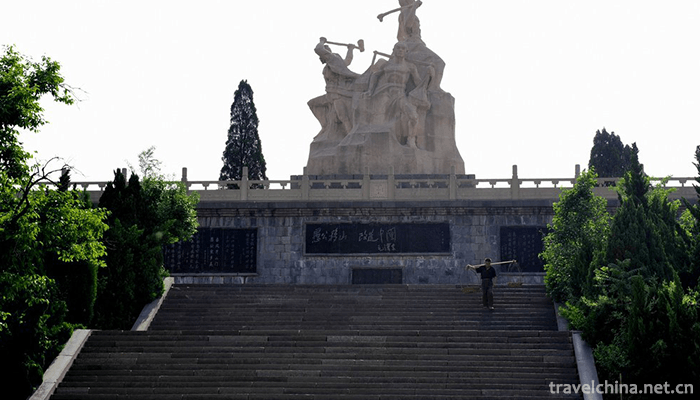
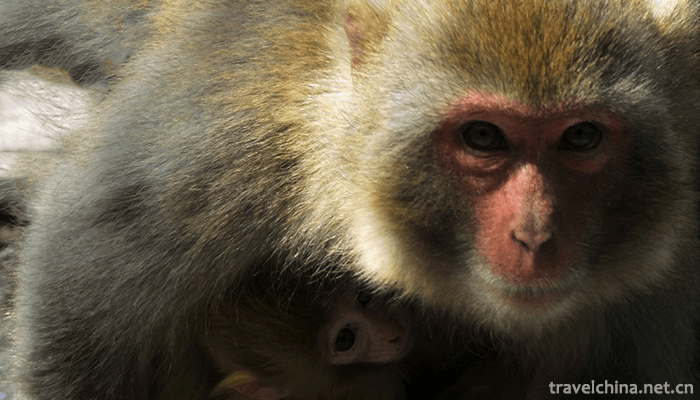
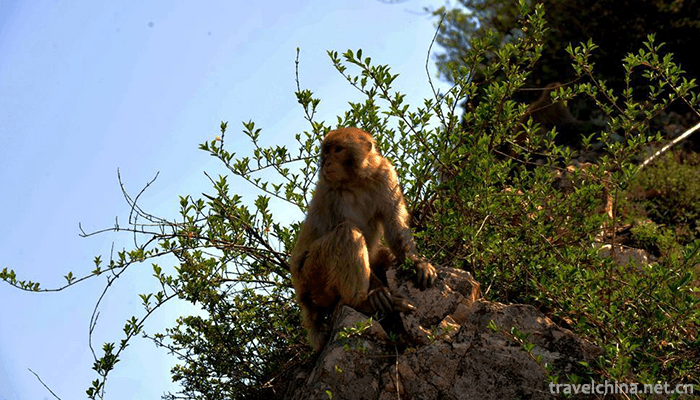
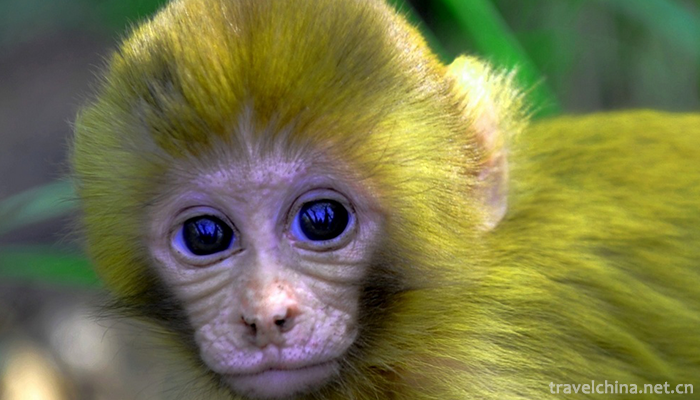
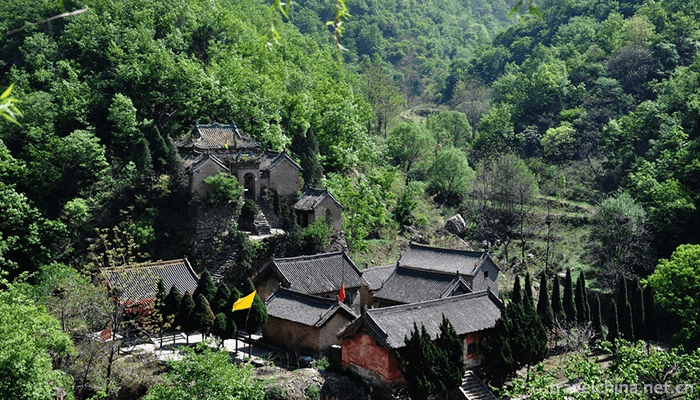
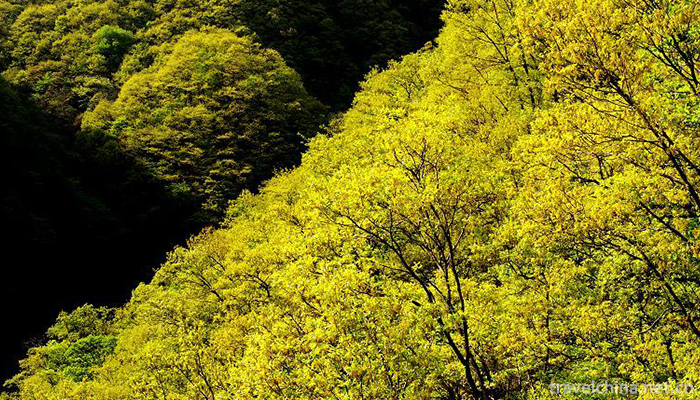
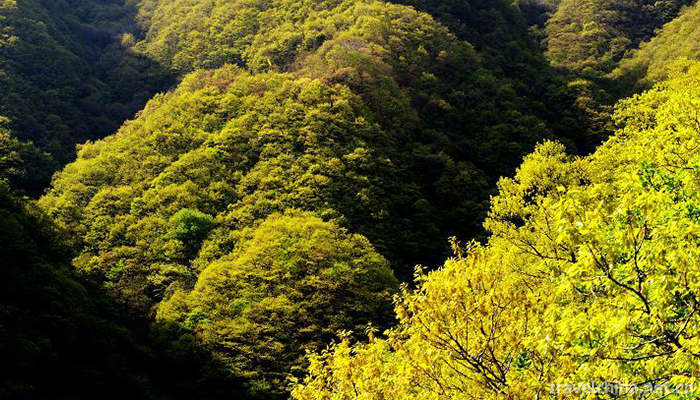
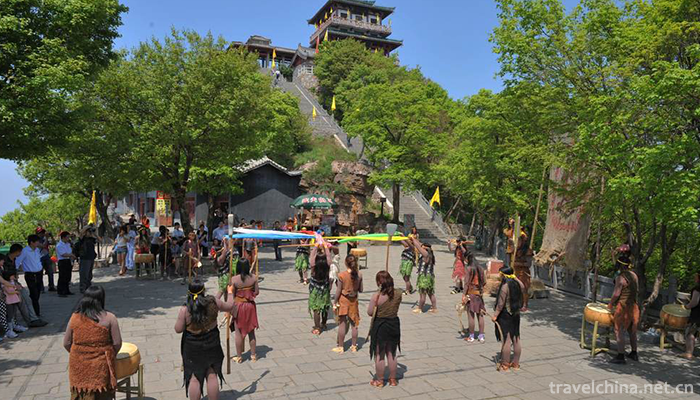
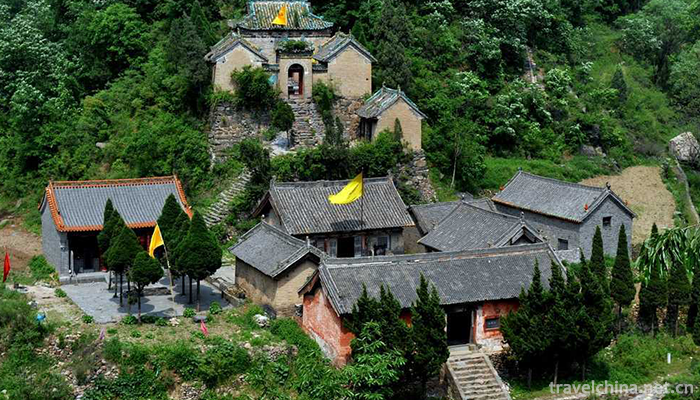
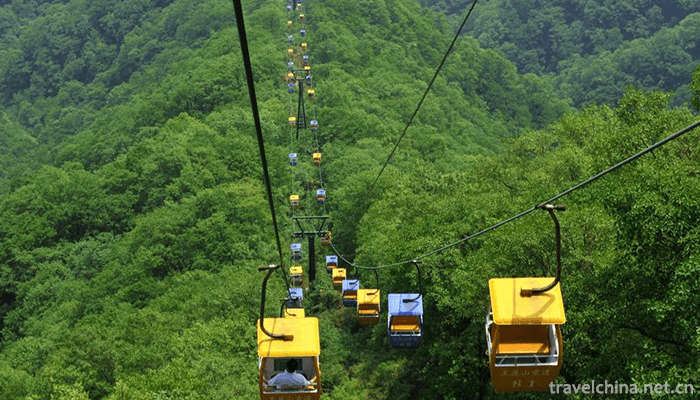
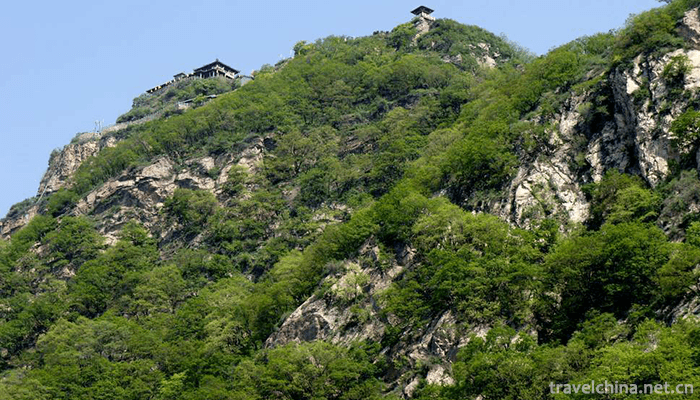
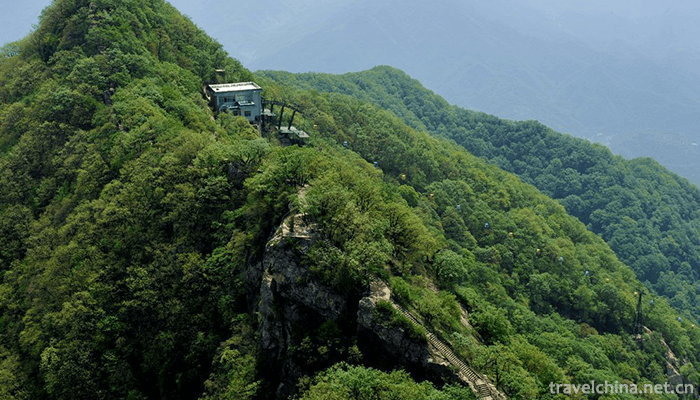
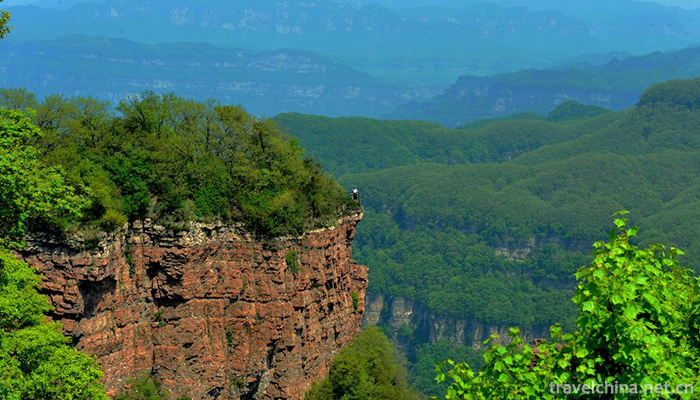
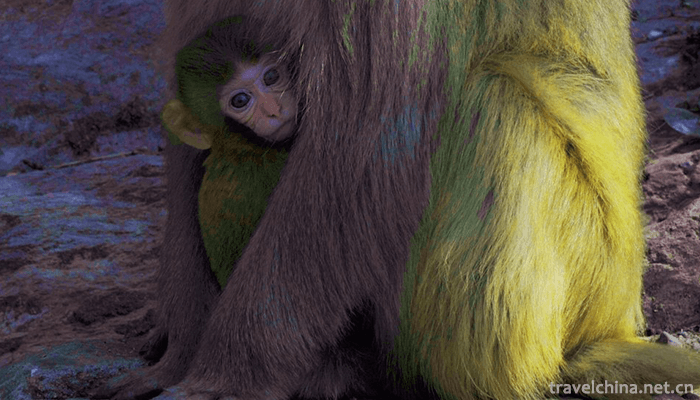
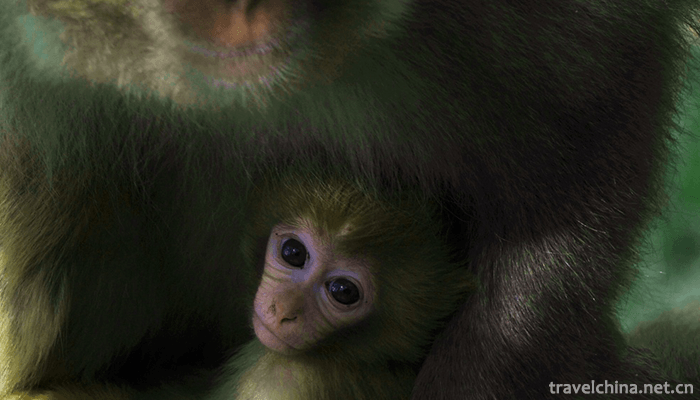

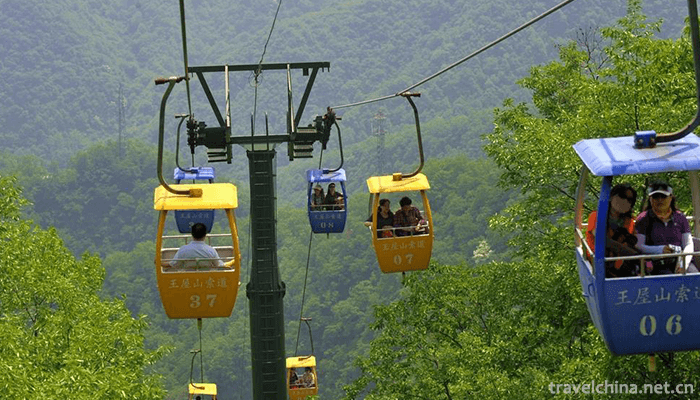
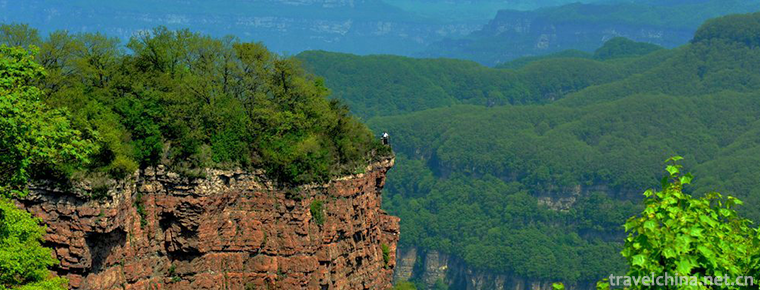
Wang Wu Mountain Scenic Spot
-
Wuxi film and television base
The Wuxi Film and Television Base of CCTV was originally built by CCTV to shoot "Tang Ming Huang", "Romance of the Three Kingdoms" and "Water Margin"
Views: 225 Time 2018-12-06 -
Shui Guan the Great Wall
Shuiguan Great Wall is the eastern part of Badaling Great Wall. It was built at the mouth of dangerous valley. The Great Wall of Zishuimen Archery Tower is "V" shaped
Views: 236 Time 2019-02-13 -
High bar technology
High-pole boat acrobatics is a traditional folk acrobatics project which simulates silkworm babies'silk spinning as cocoon action performed at the sacrificial ceremony of Silkworm God in Zhejiang Prov
Views: 156 Time 2019-04-30 -
Mongolian Matouqin Music
Horsehead Qin is a typical representative of Mongolian music culture. Whether it is its shape, production material, sound quality, timbre, music expression style and performance method, it embodies th
Views: 152 Time 2019-06-05 -
Mudong Mountain Song
Mudong folk song is a traditional folk song sung by the people of Mudong Town, Banan District, Chongqing City. Mudong folk song is a folk song sung by the people of Mudong Town, Banan District, Chongq
Views: 145 Time 2019-06-06 -
Taiji boxing
Taijiquan, a national intangible cultural heritage, is based on the traditional Chinese Confucian and Taoist philosophy of Taiji, Yin-Yang dialectical concept as the core idea, integrating many functi
Views: 199 Time 2019-06-18 -
Chengdu University
Chengdu University, established in 1978 with the approval of the Ministry of Education, is a comprehensive University jointly built by Sichuan Province and Chengdu City. It is a key comprehensive univ
Views: 320 Time 2019-08-31 -
Sichuan Tourism University
Sichuan Tourism College is the first independent tourism undergraduate college in China. In 2018, it was approved by the Overseas Chinese Office of the State Council as the base of "Overseas Chin
Views: 162 Time 2019-08-31 -
Southwest Jiaotong University
Southwest Jiaotong University is a national key university directly under the Ministry of Education. The first batch of national "double first-class", "211 project", "characte
Views: 185 Time 2019-08-31 -
Fuyang Normal University
Fuyang Normal University is a regular college in Anhui province. Excellent agricultural and forestry talents education and training plan Reform pilot projects, the first batch of pilot units for compr
Views: 199 Time 2019-11-09 -
Mineral resources in Suining
The mineral resources with more reserves in Suining City mainly include oil, natural gas, well salt, placer gold, limestone, etc., especially natural gas and brine resources. Suining has developed and utilized 7 kinds of mineral resources, including shale mine
Views: 218 Time 2020-12-16 -
Dazhou climate
Dazhou city belongs to subtropical humid monsoon climate type. Due to the complex topography, regional climate differences are large. The low mountains, hills and river valleys with an altitude of 800 meters have mild climate, warm winter, early sprin
Views: 431 Time 2020-12-20
